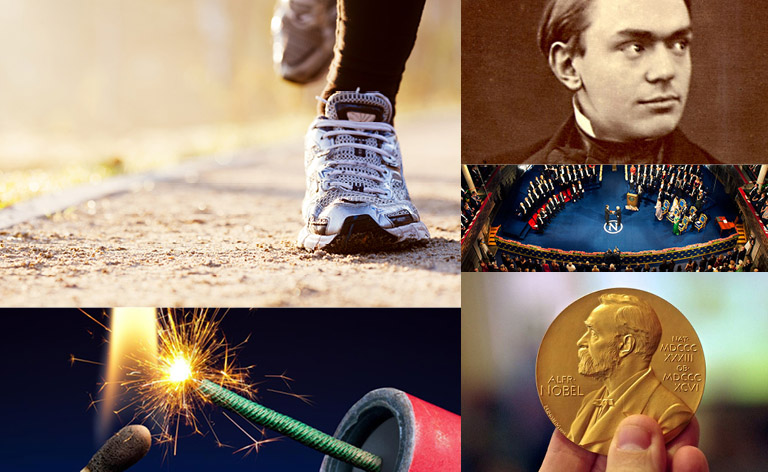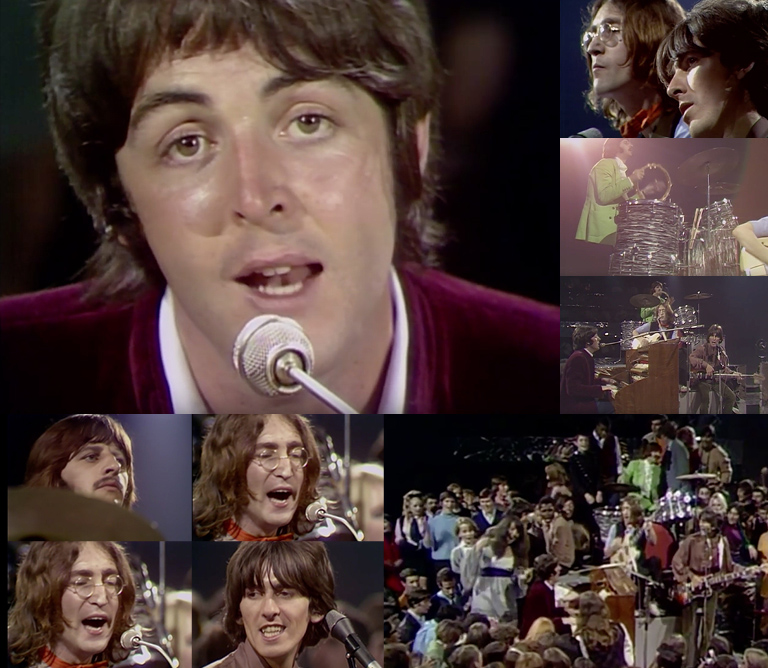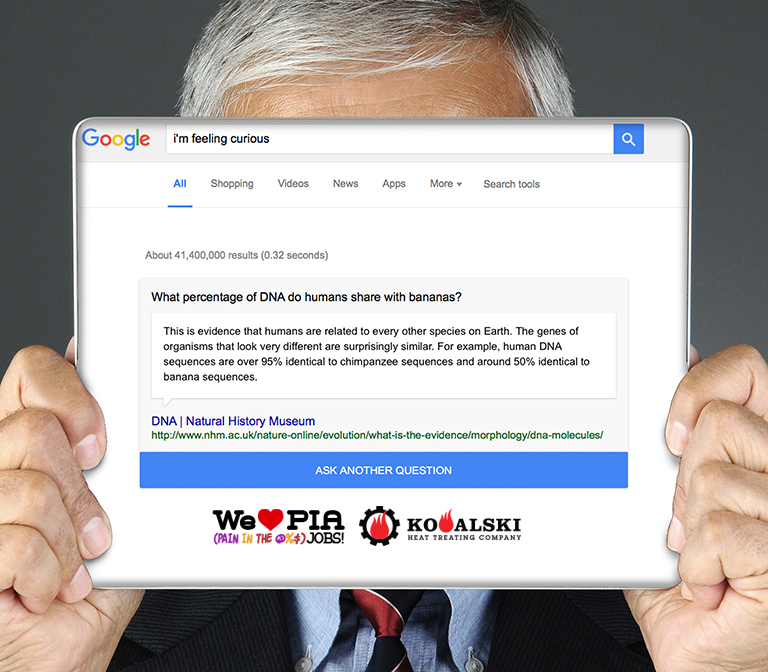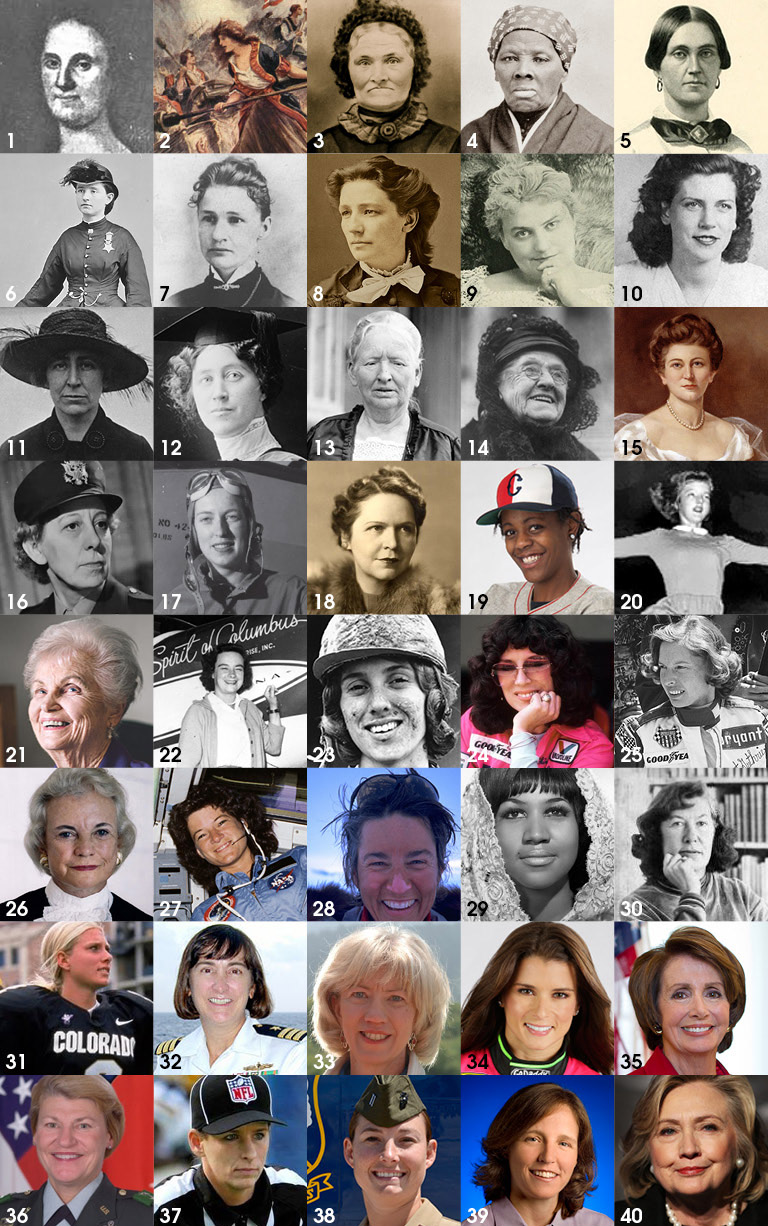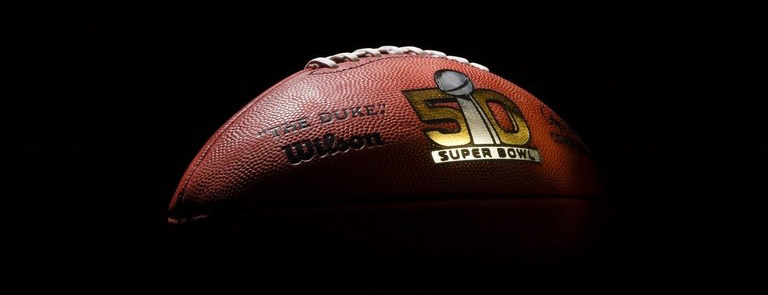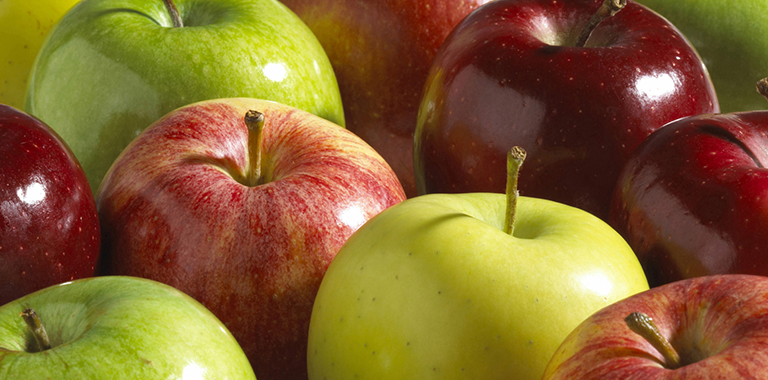What’s Your “Will” Power?
(L to R Clockwise from top left) How I think early in the morning. Young Alfred Nobel. The presentation in Stockholm. The Nobel Medal. The Big Bang: Alfred Nobel’s most famous invention and how he made the fortune that funds the yearly prizes.
Got any will power? No, not the voice in your head to put down the second piece of pastry sitting next to your coffee cup, but “will” power.
If you’re like me, I’m occasionally thinking about “what’s to come” – later today, tomorrow, next month, year end, next year. As I interact daily with staff and our great customers, I often challenge my decisions; to be sure we’re doing the right things at the right time for the right reasons.
Sometimes, as the sun is coming up while I’m out on my 4:30 AM runs, I think about what is being passed on to the next generation of workers here at KHT, what can I do now that can positively impact our business in 5-10-20-30 years? With the rapid pace of science and technology changes coming, what should I plan for? (thirty years ago we really didn’t use computers much, and ten years ago, my iPhone wasn’t sitting within arm’s reach). And, if I left “instructions” for those that follow me, would they make a difference in our business or community? For an inventor, and successful business man in Paris, his instructions sure did.
In 1895, Alfred Nobel signed his third, and last will at the Swedish-Norwegian Club in Paris. When it was opened, it caused great controversy, as he left much of his wealth for the establishment of a fund, to endow “prizes to those who, during the preceding year, shall have conferred the greatest benefit to mankind. According to Nobel, his sizeable estate was to be “invested in safe securities, and constitute a fund, the interest shall be divided into five equal parts:
- one part to the person who shall have made the most important discovery or invention within the field of physics;
- one part to the person who shall have made the most important chemical discovery or improvement;
- one part to the person who shall have made the most important discovery within the domain of physiology or medicine;
- one part to the person who shall have produced in the field of literature the most outstanding work in an ideal direction; and
- one part to the person who shall have done the most or the best work for fraternity between nations, for the abolition or reduction of standing armies and for the holding and promotion of peace congresses.
- also it is my express wish that in awarding the prizes no consideration be given to the nationality of the candidates, but that the most worthy shall receive the prize, whether he be Scandinavian or not.” How cool is that!
Congrats to this year’s Nobel Prize winners: nobelprize.org
And for our history buffs, (according to Wikipedia) here are some cool facts about Alfred Nobel and his award. Enjoy.
- Alfred Bernhard Nobel (1833-1896) was a Swedish chemist, engineer, innovator, and armaments manufacturer. Known for inventing dynamite, Nobel also owned Bofors, which he had redirected from its previous role as primarily an iron and steel producer to a major manufacturer of cannon and other armaments.
- Nobel held 355 different patents, dynamite being the most famous. After reading a premature obituary which condemned him for profiting from the sales of arms, he bequeathed his fortune to institute the Nobel Prizes. The synthetic element nobelium was named after him. His name also survives in modern-day companies such as Dynamit Nobel and AkzoNobel, which are descendants of mergers with companies Nobel himself established.
- Following various business failures, Nobel’s father moved to Saint Petersburg in 1837 and grew successful there as a manufacturer of machine tools and explosives. He invented modern plywood and started work on the “torpedo”. Alfred attended school nearby and was an outstanding student, interested in chemistry, literature and the sciences.
- As a young man, Nobel studied with chemist Nikolai Zinin; then, in 1850, he went to Paris to further the work, where he met Ascanio Sobrero, who had invented nitroglycerin three years before.
- At age 18, he went to the United States for four years to study chemistry, collaborating for a short period under inventor John Ericsson, who designed the American Civil War ironclad USS Monitor. Nobel filed his first patent, an English patent for a gas meter, in 1857, while his first Swedish patent, which he received in 1863, was on ‘ways to prepare gunpowder’.
- Nobel found that when nitroglycerin was incorporated in an absorbent inert substance like kieselguhr (diatomaceous earth) it became safer and more convenient to handle, and this mixture he patented in 1867 as ‘dynamite’.
- Nobel demonstrated his explosive for the first time that year, at a quarry in Redhill, Surrey, England. In order to help reestablish his name and improve the image of his business from the earlier controversies associated with the dangerous explosives, Nobel had also considered naming the highly powerful substance “Nobel’s Safety Powder”, but settled with Dynamite instead, referring to the Greek word for “power” (δύναμις).
- In 1888 Alfred’s brother Ludvig died while visiting Cannes and a French newspaper erroneously published Alfred’s obituary. It condemned him for his invention of dynamite and is said to have brought about his decision to leave a better legacy after his death. The obituary stated, Le marchand de la mort est mort (“The merchant of death is dead”) and went on to say, “Dr. Alfred Nobel, who became rich by finding ways to kill more people faster than ever before, died yesterday.” Alfred (who never had a wife or children) was disappointed with what he read and concerned with how he would be remembered.
- The prize ceremonies take place annually in Stockholm, Sweden (with the exception of the peace prize, which is held in Oslo, Norway). Each recipient, or laureate, receives a gold medal, a diploma, and a sum of money that has been decided by the Nobel Foundation – as of 2012, each prize was worth about US$1.2 million, along with custom artwork depicting the prize contribution. The Nobel Prize is widely regarded as the most prestigious award available in the fields of literature, medicine, physics, chemistry, peace, and economics.
- The Nobel Foundation was founded as a private organization on June 29, 1900, with the first award given in 1901. Its function is to manage the finances and administration of the Nobel Prizes. Brothers Robert and Ludvig Nobel were involved in the oil business in Azerbaijan, and according to Swedish historian E. Bargengren, who accessed the Nobel family archives, it was this “decision to allow withdrawal of Alfred’s money from Baku that became the decisive factor that enabled the Nobel Prizes to be established”.
- The Foundation is not involved in the process of selecting the Nobel laureates. In many ways, the Nobel Foundation is similar to an investment company, in that it invests Nobel’s money to create a solid funding base for the prizes and is exempt from all taxes in Sweden and from investment taxes in the United States.
- According to the statutes, the Foundation consists of a board of five Swedish or Norwegian citizens, with its seat in Stockholm. The Chairman of the Board is appointed by the Swedish King in Council, with the other four members appointed by the trustees of the prize-awarding institutions. An Executive Director is chosen from among the board members, a Deputy Director is appointed by the King in Council, and two deputies are appointed by the trustees.
- Nomination forms are sent by the Nobel Committee to about 3,000 individuals, usually in September the year before the prizes are awarded. These individuals are generally prominent academics working in a relevant area. Regarding the Peace Prize, inquiries are also sent to governments, former Peace Prize laureates, and current or former members of the Norwegian Nobel Committee. About 300 nominees are selected each year, and all nomination records for a prize are sealed for 50 years from the awarding of the prize.
- Except for the Peace Prize, the Nobel Prizes are presented in Stockholm, Sweden, at the annual Prize Award Ceremony on 10 December, the anniversary of Nobel’s death. The recipients’ lectures are normally held in the days prior to the award ceremony. The Peace Prize and its recipients’ lectures are presented at the annual Prize Award Ceremony in Oslo, Norway, usually on 10 December. The award ceremonies and the associated banquets are typically major international events.
- The highlight of the Nobel Prize Award Ceremony in Stockholm occurs when each Nobel laureate steps forward to receive the prize from the hands of the King of Sweden. In Oslo, the Chairman of the Norwegian Nobel Committee presents the Nobel Peace Prize in the presence of the King of Norway.

